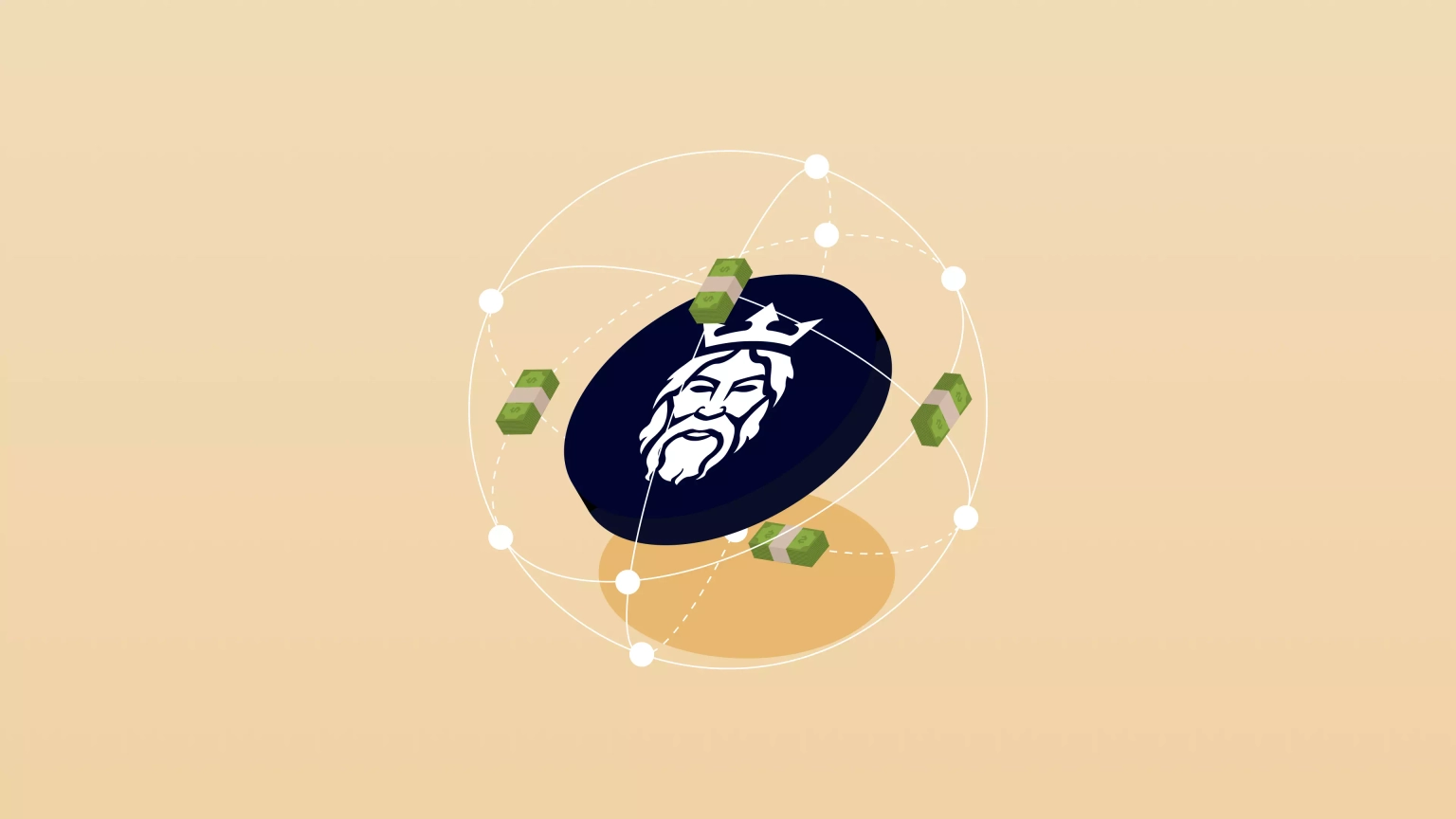
Collaboration between Neptune Mutual and SushiSwap
Explore Neptune Mutual's ongoing collaboration with SushiSwap offering several benefits.
Youtube Video
Playing the video that you've selected below in an iframe

Learn how bond pools help in reducing issues in DeFi 1 and benefit liquidity providers.
One of the challenges faced by projects with DeFi 1 tokenomics is finding a sustainable way of attracting liquidity that doesn’t involve giving away tokens.
It is still common to see projects employ a tokenomics model in which liquidity is attracted by airdropping free tokens to liquidity providers. The reason for this is clear: attracting liquidity is important and difficult, and giving away free tokens is an effective way of achieving this goal. Some of the questions that arise from this practice are: what is the cost to the community of token holders in the long term, how sustainable is this approach, what happens when the token supply is used up in “buying” liquidity, are the fee tokens receivers actually providing liquidity and supporting the project? As is the case with quantitative easing in traditional finance, increasing the supply of tokens decreases their relative value, and doing so on an ongoing basis causes inflationary pressure that ultimately is unsustainable.
Bond Pools are a more sustainable approach and are popular with projects that adopt the DeFi 2 tokenomics model to grow liquidity without devaluing their tokens for existing holders. For more on DeFi 2 have a read through our blog “Exploring the Advantages of DeFi2 Insurance”.
Users can supply liquidity to a DEX in the form of a liquidity pool pair, such as NPM and USDC; in exchange, users receive LP tokens. Users can benefit from this by receiving a pro-rata portion of the fees that result from trades made from this DEX pool.
As an additional incentive to encourage users to supply liquidity to the project’s DEX pool, users can exchange their LP tokens for discounted NPM tokens. This mechanism means that the project itself owns the liquidity, avoiding the problem of the DeFi 1 system in which fickle liquidity moves from project to project depending on whichever is giving away the most value in terms of token rewards. Bond pools of this sort typically offer incentives for a limited time.
The Neptune Mutual Bond Pool gives LPs the opportunity to "sell" their USDC/NPM liquidity in return for discounted NPM tokens. These NPM tokens can then be used in conjunction with USDC to supply more liquidity to the DEX pool, which can then be exchanged once again in the bond pool. NPM tokens have no less than five different use-cases, as discussed in our recent blog article, “Five Use-Cases of the NPM Token”.
As you can see, DeFi 2 takes a new approach to tokenomics. At each stage, whether providing stablecoin liquidity to cover pools or providing a liquidity pair to a DEX and exchanging the LP tokens in the Neptune Mutual bond pool, users have a clear answer to the question, "Where is the value coming from"?
Poor risk management and badly modeled tokenomics are two factors that some experts believe were responsible for the failure of so many DeFi 1 projects. Another factor is treasury management, which we discussed in our blog “Best Practices for CeFi & DeFi Treasury Management”.
The bond pool feature is currently available on the Neptune Mutual testnet for early adopters to experiment with and is expected to launch sometime after the end of the transition period following the launch of the NPM token.
To use the Neptune Mutual bond pool, go to the Pool section of the Neptune Mutual app and open the Bond tab. The vesting period for the bond will be shown on the card on the right-hand side, along with the maximum number of tokens you can deposit. On the testnet, the vesting period is ten minutes, giving users a chance to experiment with the feature quickly and easily. When the feature goes live on mainnet, the vesting limit will most likely be set to seven days.
Enter the number of tokens you'd like to put into the bond pool. You'll be shown the value of NPM and the number of tokens you'll receive. These figures are calculated at the time you purchase the bond. If the value of NPM increases, then you'll profit from that when you buy the bond vests. If the value of NPM decreases to below the discounted value of the bond, you'll have made a loss. Remember that you cannot withdraw tokens from the bond early, so it's important to only purchase bonds with tokens you're prepared to lock up for the vesting period.
Once you've decided how many tokens you’d like to invest in the bond pool you can click APPROVE. You'll be asked to confirm the transaction in Metamask (or another compatible Web3 wallet). Review the transaction details and confirm it if you're happy with it. Once the transaction has completed on the blockchain, or Layer 2, you'll be able to see it in your transaction list.
Note that when the bond pool feature goes live, it will have limited availability. The pool will open for short periods of time at regular intervals, with announcements made to the Neptunite community alerting everyone to when the pool is open. Those who are interested in making use of the bond pool are encouraged to take advantage of those opening windows.
When the bond vests, you can redeem your NPM tokens and make use of them however you see fit. There are several uses for NPM tokens, including:
NPM tokens also unlock a variety of other features in the NPM marketplace, and their issuance is capped at one billion. It's expected that it will take around ten years for all of the tokens to be issued.
Whether you're a liquidity provider, cover pool customer, or DeFi project owner who is looking to create your own cover pools, it's useful to have NPM tokens. Bond pools provide an easy way for those who are participating as liquidity providers to acquire NPM at a discounted rate. If you aren't a liquidity provider, you can earn NPM tokens in other ways, such as by making quality submissions to the incident reporting system or voting on incidents.
If you'd like to know more about bond pools you can look at the video tutorial in our YouTube channel or contact our team today.